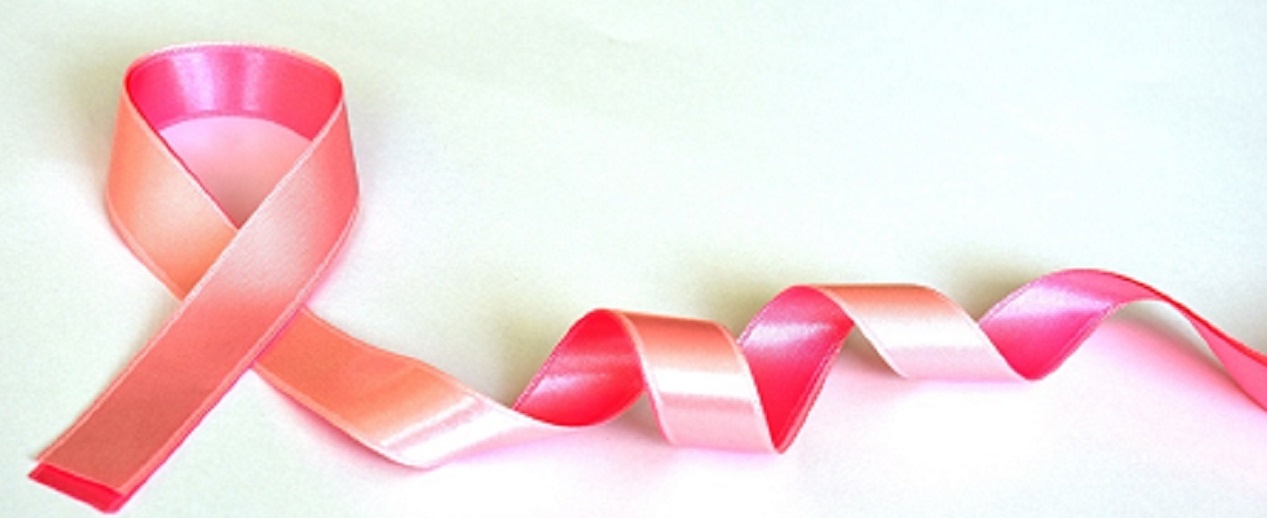
About 1 in 8 women born today in the United States will get breast cancer at some point.
National Breast Cancer Awareness Month is a chance to raise awareness about the importance of finding breast cancer early. Make a difference! Spread the word about mammograms, and encourage communities, organizations, families and individuals to get involved.
Thanks to largely stable incidence rates, improved treatment, as well as earlier detection through screening and increased awareness, a woman’s risk of dying of breast cancer dropped 39 percent between the late 1980s and 2015, translating into more than 300,000 breast cancer deaths avoided during that time.¹
Despite that progress, there’s much more to be done. Breast cancer is still the second-leading cause of cancer death in women, second only to lung cancer. There is still a large racial gap in mortality, with African-American women having higher death rates compared to whites, even as incidence rates are similar.
At this time, there are more than 3.1 million people with a history of breast cancer in the United States. (This includes women still being treated and those who have completed treatment.)
Risk Factors
- Numerous studies have confirmed that alcohol consumption increases the risk of breast cancer in women by about 7 – 10% for each one drink of alcohol consumed per day on average. Women who have 2-3 alcoholic drinks per day have a 20 percent higher risk of breast cancer compared to non-drinkers.
- Obesity increases the risk of postmenopausal breast cancer. Risk is about 1.5 times higher in overweight women and about 2 times higher in obese women than in lean women.
- Growing evidence suggests that women who get regular physical activity have a 10%-25% lower risk of breast cancer compared to women who are inactive, with stronger evidence for postmenopausal than premenopausal women
- Limited, but accumulating research, indicates that smoking may slightly increase breast cancer risk, particularly long-term, heavy smoking and among women who start smoking before their first pregnancy.
Getting mammograms regularly can lower the risk of dying from breast cancer. The United States Preventive Services Task Force recommends that average-risk women who are 50 to 74 years old should have a screening mammogram every two years. Average-risk women who are 40 to 49 years old should talk to their doctor about when to start and how often to get a screening mammogram.
Mammograms are covered by most health insurance programs. Individuals can get a screening mammogram without any out-of-pocket costs. If individuals are worried about the cost or don’t have health insurance, the Centers for Disease Control and Prevention (CDC) offers free or low-cost mammograms and education about breast cancer. Find out more.
Additional Resources:
Check out these printable educational materials and share with family, friends, patients, etc:
- Breast Self-Exam (BSE)
- Breast Cancer Fact Sheet
- Mammogram Fact Sheet
- National Breast Cancer Foundation
- National Breast Cancer Awareness Month (NBCAM):
- The Centers for Disease Control and Prevention (CDC) (National Breast and Cervical Cancer Early Detection Program)
Source:
- http://pressroom.cancer.org/2018-10-01-October-is-Breast-Cancer-Awareness-Month-What-You-Need-to-Know-and-How-You-Can-Help
